Introduction
Sea cucumbers, scientifically known as Holothurians, are marine invertebrates belonging to the class Echinodermata. They are highly valued in many cuisines, particularly in Asian cooking, where they are considered a delicacy and a symbol of luxury. Not only are they appreciated for their unique texture and flavor, but they are also renowned for their potential health benefits, which include boosting the immune system, enhancing skin health, and providing essential nutrients.
Given their significance, selecting high-quality sea cucumbers is crucial to ensure that you get the best possible product. This guide will provide comprehensive insights into the various factors you should consider when choosing sea cucumbers, from understanding their types and origins to assessing their appearance, texture, and freshness. By the end, you will be equipped with the knowledge necessary to make informed decisions and enjoy the full benefits of this exquisite seafood.
Understanding the Types of Sea Cucumbers
Before diving into the selection process, it’s essential to familiarize yourself with the different types of sea cucumbers available. There are numerous species found worldwide, each with its unique characteristics and suitability for various culinary purposes. Here are some of the most popular types:
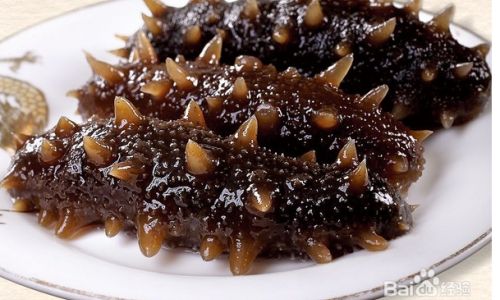
1. Stichopus Horrens (Beche-de-Mer or Trepang)
Stichopus Horrens, commonly known as Beche-de-Mer or Trepang, is one of the most sought-after species due to its high economic value. It is primarily found in the Indo-Pacific region, including Australia, Indonesia, and China. This species is known for its large size, firm texture, and rich flavor, making it ideal for use in soups, stews, and other dishes requiring long cooking times.
2. Apostichopus Japonicus (Japanese Sea Cucumber)
Apostichopus Japonicus, also known as the Japanese sea cucumber, is native to the northwest Pacific Ocean, particularly around Japan, China, and Korea. It is characterized by its smooth skin, firm flesh, and delicate taste. Japanese sea cucumbers are often served raw or lightly cooked, such as in sushi or sashimi, due to their tender texture.
3. Holothuria Scabra (Sandfish)
Holothuria Scabra, commonly known as the sandfish, is widely distributed in tropical and subtropical seas. This species is distinguished by its rough skin and ability to burrow into sand for protection. Sandfish sea cucumbers are valued for their firmness and resilience during cooking, making them suitable for dishes that require a robust texture.
4. Holothuria Leucospilota (White-Spotted Sea Cucumber)
Holothuria Leucospilota, or the white-spotted sea cucumber, is found in the Indian Ocean and the western Pacific. This species is recognized by its distinctive white spots on a brownish-gray body. White-spotted sea cucumbers are known for their delicate flavor and tender texture, making them ideal for light cooking methods such as steaming or poaching.
Evaluating the Origin of Sea Cucumbers
The origin of sea cucumbers can significantly impact their quality. Factors such as the environment, water quality, and farming practices all play crucial roles in determining the overall quality of the final product. Here are some considerations when assessing the origin of sea cucumbers:
1. Sustainable Farming Practices
Choose sea cucumbers from farms that employ sustainable practices. This includes ensuring that the farming operations do not harm the marine ecosystem, using non-toxic feed, and maintaining appropriate water conditions. Sustainable farming not only preserves the environment but also leads to healthier and more resilient sea cucumbers.
2. Water Quality
The quality of the water in which sea cucumbers are grown is crucial. Clean, unpolluted water is essential for the health and growth of sea cucumbers. Look for products sourced from regions with pristine oceans and stringent water quality regulations.
3. Climate and Geography
The climate and geography of the region can also affect the quality of sea cucumbers. Areas with moderate temperatures and abundant marine life tend to produce better-quality sea cucumbers. Consider the specific environmental conditions of the region where the sea cucumbers are sourced to ensure you are getting the best possible product.
Assessing the Appearance of Sea Cucumbers
The appearance of sea cucumbers can provide valuable insights into their quality. Here are some key visual cues to look for:
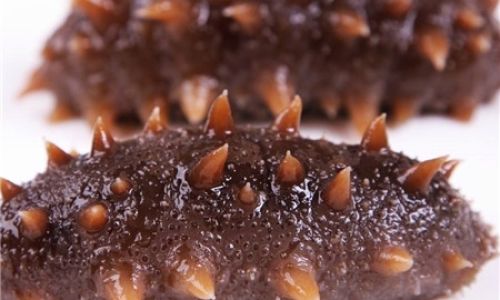
1. Color and Skin Texture
The color and skin texture of sea cucumbers can vary depending on the species and their environment. Generally, sea cucumbers should have a uniform color with no discoloration or spots that indicate spoilage. The skin should be firm and intact, with no cracks or tears.
2. Shape and Size
The shape and size of sea cucumbers can also indicate their quality. High-quality sea cucumbers are typically plump and well-formed, with a consistent shape throughout. Avoid sea cucumbers that are overly flattened, shriveled, or irregularly shaped, as these may be indicators of poor handling or storage.
3. Moisture Content
The moisture content of sea cucumbers is another important factor. Fresh sea cucumbers should have a slight tackiness to the touch, indicating that they are still moist. Dry or sticky sea cucumbers may be a sign of dehydration or improper storage.
Checking the Texture and Freshness
In addition to visual cues, the texture and freshness of sea cucumbers are crucial indicators of their quality. Here are some tips for assessing these factors:
1. Firmness
High-quality sea cucumbers should have a firm, resilient texture. When pressed gently, they should spring back to their original shape without deformation. Soft or mushy sea cucumbers are a sign of spoilage or improper handling.
2. Elasticity
The elasticity of sea cucumbers can also provide insights into their freshness. Fresh sea cucumbers should have a slight bounce when touched, indicating that their cells are still intact and hydrated. Lack of elasticity may suggest that the sea cucumbers are old or have been stored for too long.
3. Odor
The odor of sea cucumbers can be another indicator of their freshness. Fresh sea cucumbers should have a mild, slightly sweet smell. Any strong, unpleasant odors, such as ammonia or fishiness, are signs of spoilage and should be avoided.
Considering the Processing Methods
The processing methods used to prepare sea cucumbers can also affect their quality. Here are some considerations when evaluating the processing of sea cucumbers:
1. Drying Methods
For dried sea cucumbers, the drying process is crucial. High-quality dried sea cucumbers are typically sun-dried or air-dried to preserve their natural flavors and nutrients. Avoid products that have been dried using artificial methods, such as oven drying, as this can degrade their quality.
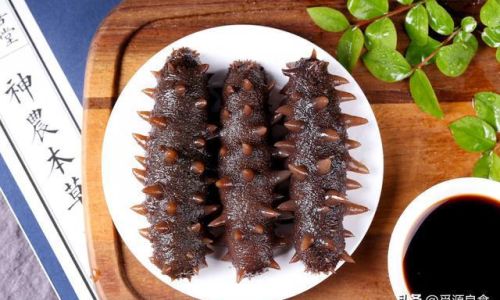
2. Preservation Techniques
Fresh sea cucumbers should be preserved using methods that maintain their freshness and quality. Look for products that are vacuum-packed or stored in refrigerated conditions to extend their shelf life and preserve their taste.
3. Additives and Preservatives
Be mindful of any additives or preservatives used in the processing of sea cucumbers. High-quality products should be minimally processed and free from artificial ingredients. Check the labels carefully to ensure that you are getting a pure, unadulterated product.
Choosing Certified and Trusted Brands
When selecting sea cucumbers, it’s essential to choose certified and trusted brands. Look for products that have been certified by reputable organizations, such as the Marine Stewardship Council (MSC) or the Aquaculture Stewardship Council (ASC). These certifications ensure that the sea cucumbers have been sourced and processed sustainably and ethically.
Additionally, choose brands with a good reputation in the industry. Look for reviews and testimonials from other customers to gauge the quality and reliability of the product. Trusted brands are more likely to provide high-quality sea cucumbers that meet your expectations.
Storage and Handling Tips
Once you’ve selected high-quality sea cucumbers, proper storage and handling are essential to maintain their freshness and quality. Here are some tips for storing and handling sea cucumbers:
1. Refrigeration
Fresh sea cucumbers should be stored in the refrigerator at a temperature of around 4°C (39.2°F) to maintain their freshness. Ensure that they are kept in an airtight container or wrapped tightly in plastic wrap to prevent dehydration.
2. Freezing
If you plan to store sea cucumbers for an extended period, freezing is an option. Wrap them tightly in plastic wrap or place them in a freezer-safe container before freezing. Use within a few months to ensure the best quality.
3. Preparation
When preparing sea cucumbers, ensure that you clean them thoroughly to remove any sand or debris. Soak them in cold water for a few hours or overnight to soften them before cooking. Avoid using excessive heat or long cooking times, as this can degrade their texture and flavor.
Conclusion
Selecting high-quality sea cucumbers involves a combination of understanding their types and origins, assessing their appearance, texture, and freshness
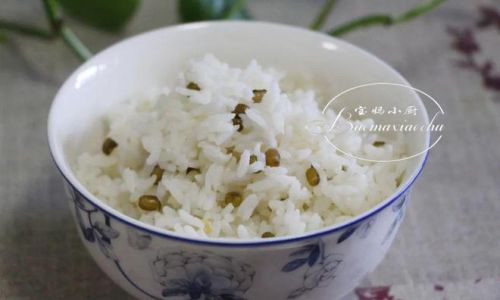
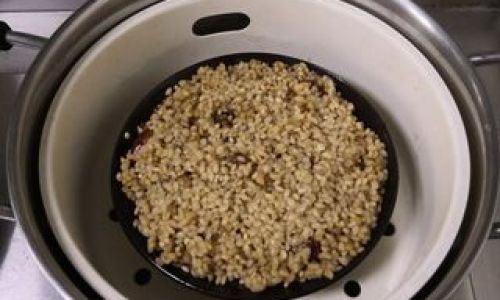
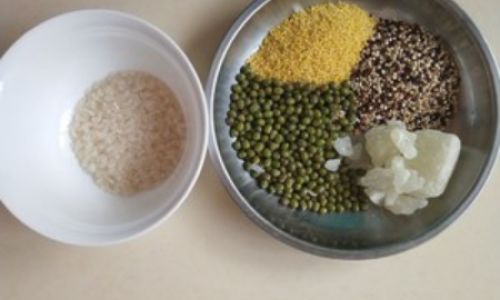
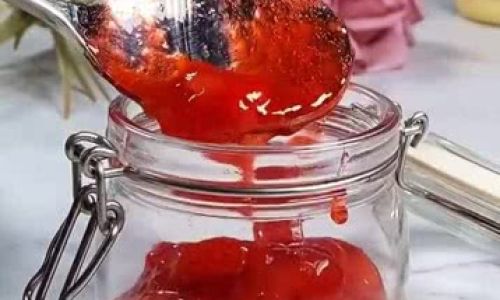
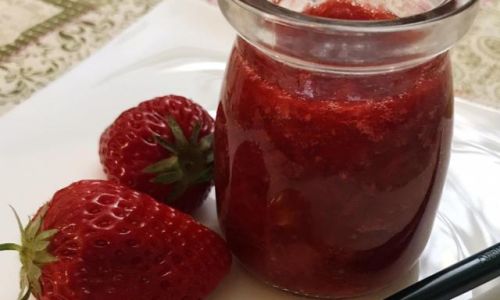
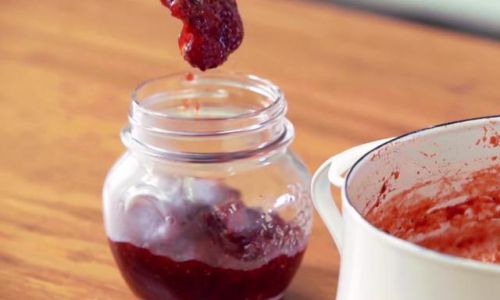
0 comments